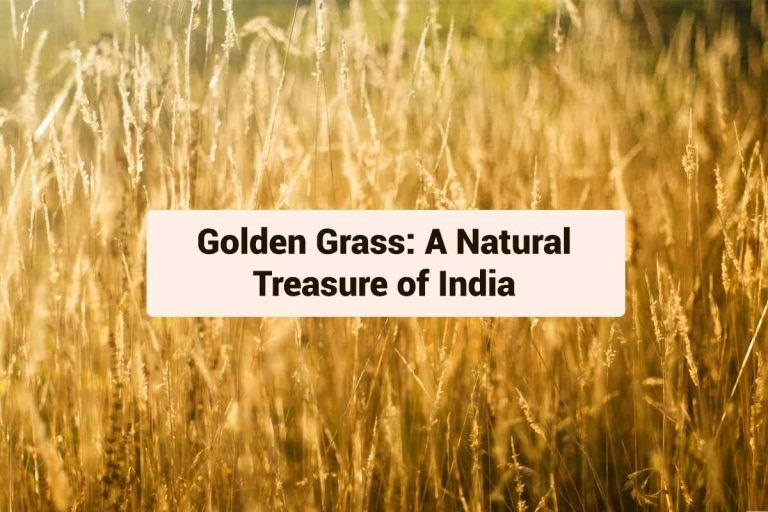India, with its rich biodiversity, is home to a multitude of flora that not only adds to the nation’s natural beauty but also holds immense cultural and economic significance. Among these botanical wonders is the Golden Grass, scientifically known as Vetiveria zizanioides, a perennial grass that has been woven into the fabric of Indian traditions for centuries.
Geographical Availability: Golden grass finds its roots, quite literally, in the diverse landscapes of India. Thriving in warm and tropical climates, this precious grass is scattered across the subcontinent. States such as Tamil Nadu, Karnataka, Andhra Pradesh, Maharashtra, Uttar Pradesh, and West Bengal boast the natural abundance of golden grass, where it takes root in well-drained soils. This geographical diversity allows for the cultivation of golden grass in various regions, contributing to its widespread availability.
Local Names: Known by different names across the country, golden grass is an integral part of local vernaculars. In Hindi, it is often referred to as “Khus” or “Khus-Khus,” while Malayalam identifies it as “Ramacham.” In Sanskrit, it goes by the name “Usheera.” These names reflect the deep connection between the plant and the diverse linguistic and cultural tapestry of India.
Uses of Golden Grass: The versatility of golden grass extends far beyond its ornamental presence. Here are some notable uses:
- Fragrance: The aromatic roots of golden grass are distilled to produce vetiver oil, a key ingredient in the perfume industry. The oil boasts an earthy and sweet fragrance, often serving as a base note in various perfumes and scented products.
- Soil Erosion Control: The extensive root system of golden grass plays a crucial role in preventing soil erosion. Planted along riverbanks and hillsides, it acts as a natural barrier, binding soil particles together and protecting vulnerable landscapes.
- Traditional Medicine: Golden grass holds a valued place in traditional Indian medicine, known as Ayurveda. The roots are believed to possess cooling and anti-inflammatory properties, making them a sought-after remedy for various ailments.
Products Made from Golden Grass: The skilled hands of Indian artisans transform golden grass into a range of products that blend tradition with utility:
- Essential Oil Products: Vetiver oil extracted from the roots is a prized ingredient in perfumes, cosmetics, and aromatherapy products. Its grounding and calming properties make it a favorite in the world of natural fragrances.
- Handwoven Crafts: The leaves and stems of golden grass lend themselves to the creation of exquisite handicrafts. Artisans craft mats, baskets, and fans, showcasing the grass’s flexibility and durability.
- Cooling Mats: In regions experiencing sweltering temperatures, mats woven from golden grass are a traditional solution to beat the heat. These mats are not only functional but also culturally significant, embodying the resourcefulness of communities in adapting to their environments.
In conclusion, golden grass stands as a testament to the harmony between nature and culture in India. Beyond its physical attributes, this grass weaves a narrative of sustainable livelihoods, environmental stewardship, and the enduring relationship between communities and their natural surroundings. As we celebrate the golden grass, we also celebrate the vibrant traditions and ecosystems that make India a treasure trove of natural wonders.

